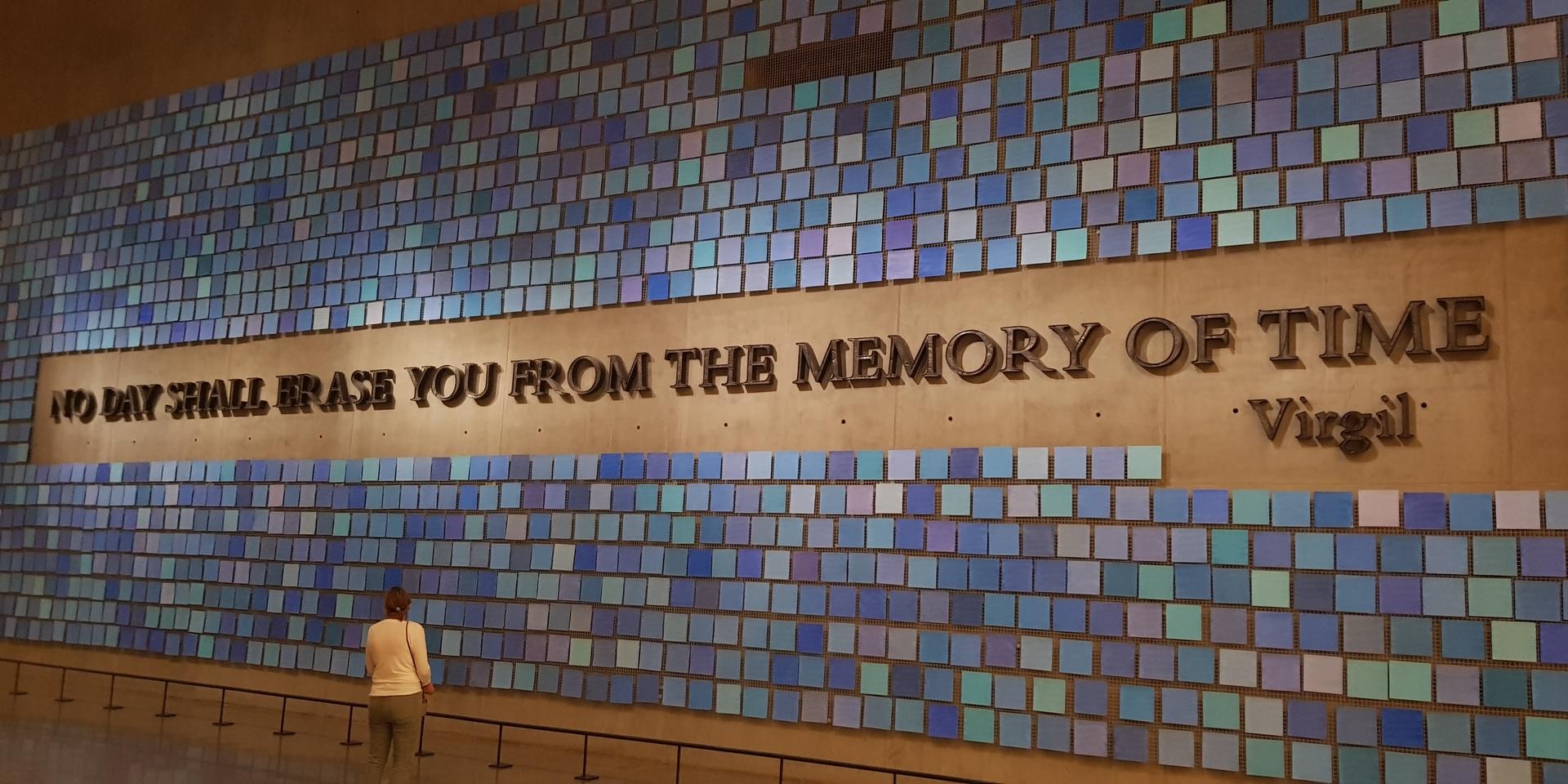Building on the international cooperation work of the New York museum, the French Museum and Memorial of Terrorism must develop its own national and international network. The aim of this network is to create connections with other French memorials for terrorism (currently existing or forthcoming), particularly the one in Paris (November 13, 2015) and the one in Nice (July 14, 2016). These connections will be about sharing experiences, cooperating on museum initiatives (traveling exhibitions), and dealing with specific themes.
The Museum and Memorial of Terrorism should also reach out to French heritage institutions like the Musée de l’Armée, the Institut du monde arabe, the Mucem, the Mémorial de la Shoah, the Mémorial du Camp de Rivesaltes, and so forth. The aim will be to keep in close contact with these institutions, involve them in the initiative, and benefit from their experience.
Internationally, the preliminary project team has been in close contact with the four major museum and memorial complexes devoted to terrorism: the National 9/11 Memorial and Museum, the 22 July Center in Oslo, the Victims of Terrorism Memorial Center in Vitoria-Gasteiz , and the Oklahoma City National Memorial and Museum.
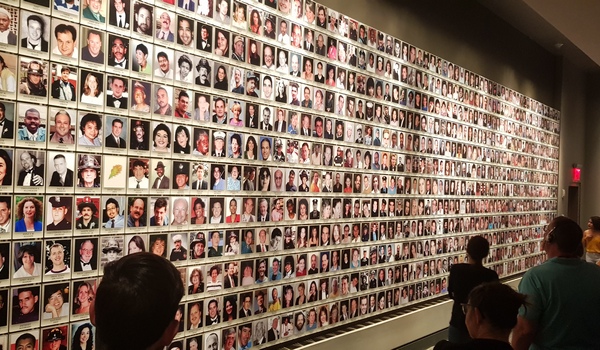
New York - National 9/11 Memorial and Museum
The 9/11 Memorial & Museum is a premier institution concerned with exploring September 11, 2001, documenting its impact, and examining its continuing significance. Honoring those who were killed in the World Trade Center attacks in New York in 2001 and 1993 is at the heart of its mission.
The memorial and museum complex includes a memorial with pools of water that symbolize the former twin towers and a museum. Its collections derive principally from donations from victims and families, who have contributed a large quantity of documents, objects, and artefacts. The monument asserts the patriotic dimension of the initiative, which seeks to be an act of resistance. It also features a wide array of cultural, educational, and civic programming for all ages and backgrounds, taking special care to avoid stigmatizing groups or stereotyping.
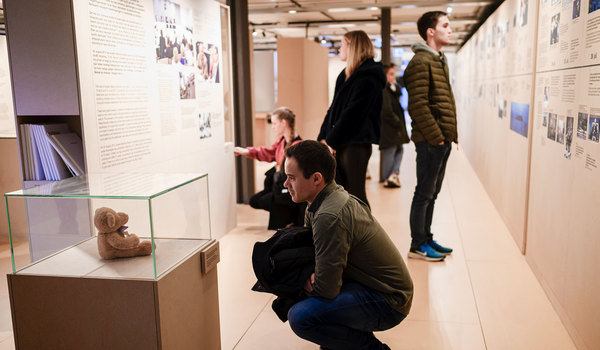
Oslo – 22. juli-senteret
The 22 July Center covers the terrorist attacks committed in Oslo and the Utøya island on July 22, 2011.
In an exhibition titled, The Public Conversation About 22 July, it shows how the attack impacted individuals and Norwegian society as a whole. Reconstitutions of the attacks have been made using images, texts, films, and objects. The exhibition also shows immediate reactions to the attacks, the outpouring of mourning and solidarity throughout Norway, and the legal cases that took place in subsequent years.
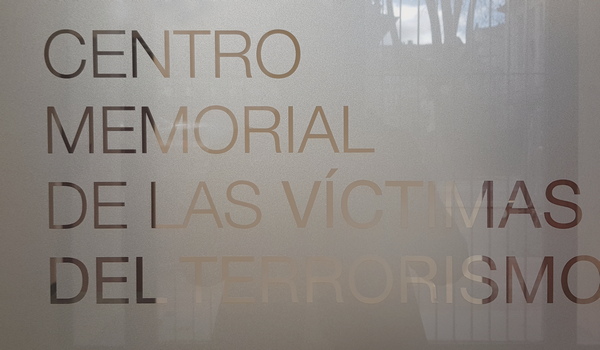
Vitoria-Gasteiz – Centro para la Memoria de las Víctimas del Terrorismo
The center for the memory of victims of terrorism was inaugurated on June 11, 2021, by King Felipe VI of Spain. It strives to transmit the democratic values embodied by the victims of terrorism, to build a collective memory of victims, and to encourage the public to defend freedom and human rights in the face of terrorism. The memorial provides visitors with a documentation center, meeting rooms, a learning classroom, and a museum with permanent and temporary exhibitions. The eyes of victims follow visitors throughout their experience, starting from when they step inside.
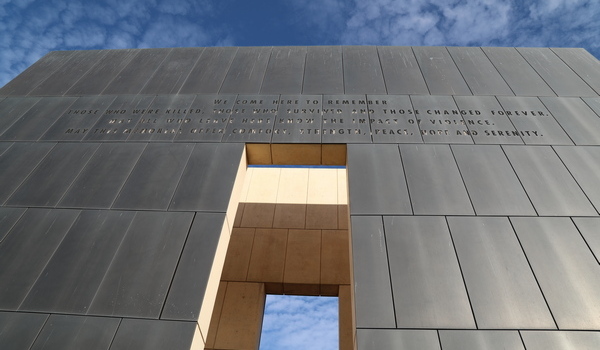
Oklahoma City – Oklahoma City National Memorial Museum
Inaugurated on April 19, 2000, the Oklahoma City National Memorial Museum commemorates the attack on the city’s federal building on April 19, 1995. Perpetrated by a far-right extremist, the bombing caused the death of 168 people and considerable damage. The memorial, which opened in February 2001, sits on a vast plot, and also includes a museum. It is one of the first institutions of this kind for a terrorist event. It includes an exhibition on victims, relief, and forms of solidarity in the aftermath of the attack. It is particularly devoted to educational programming and questions of resilience. The site also includes an institute for terrorism prevention.

